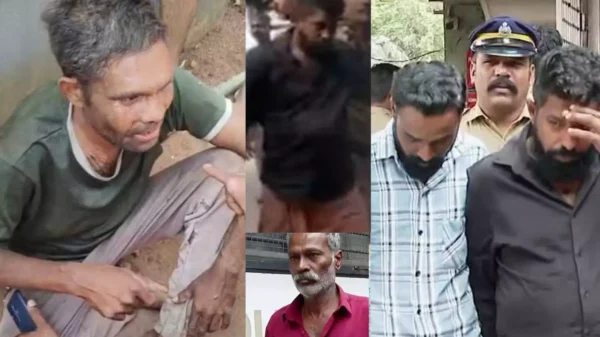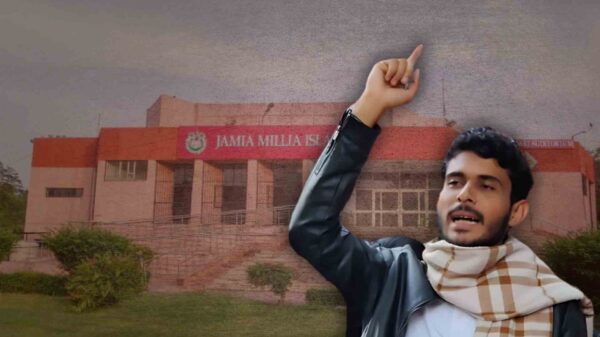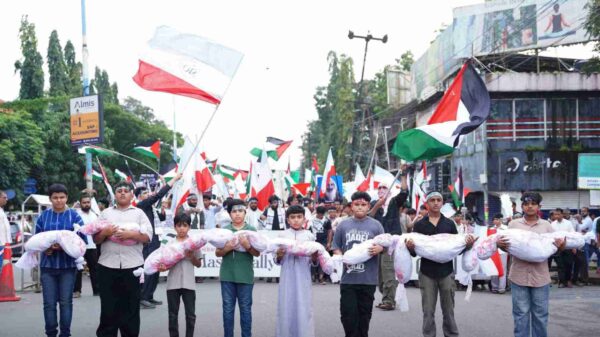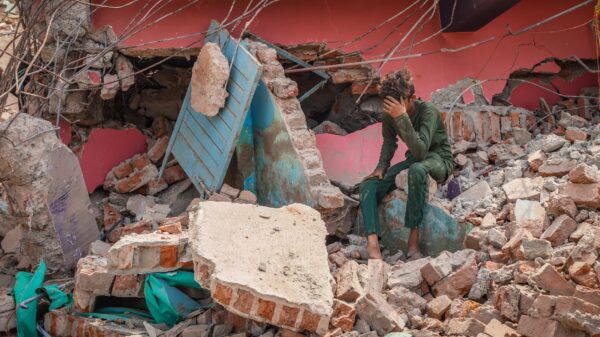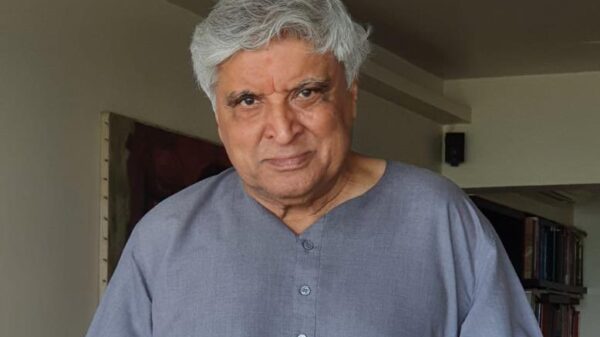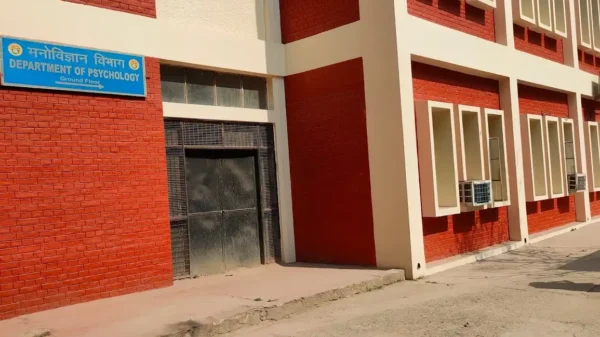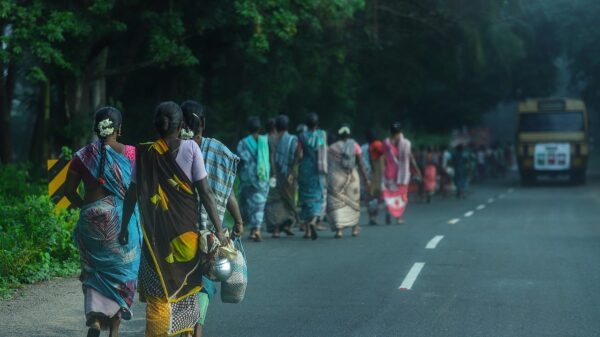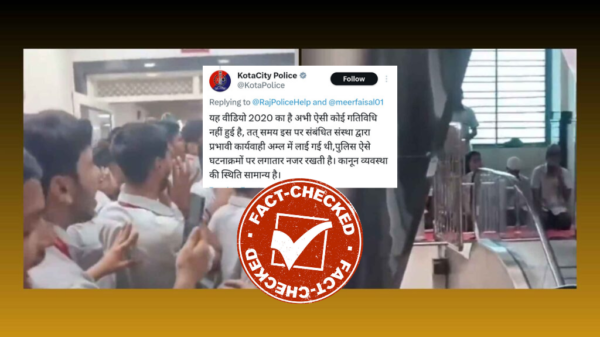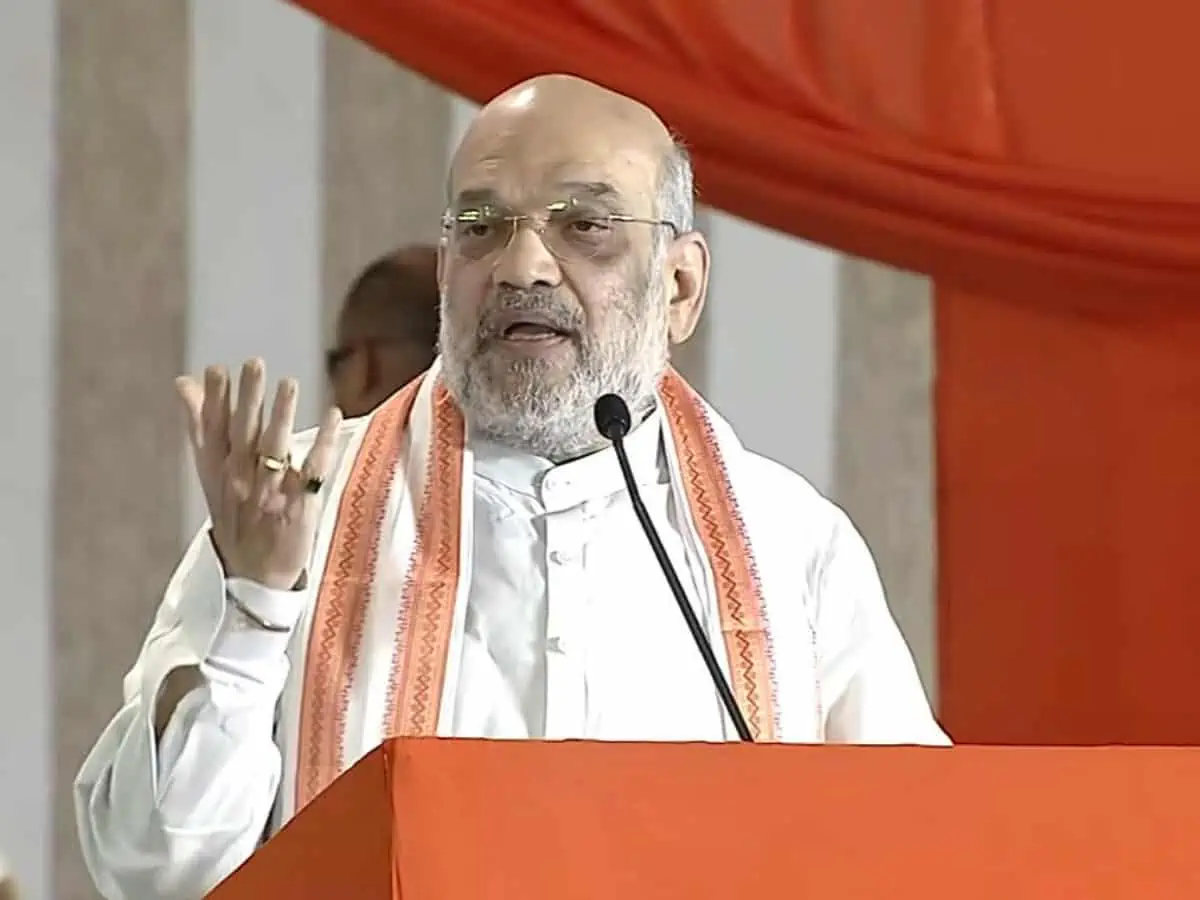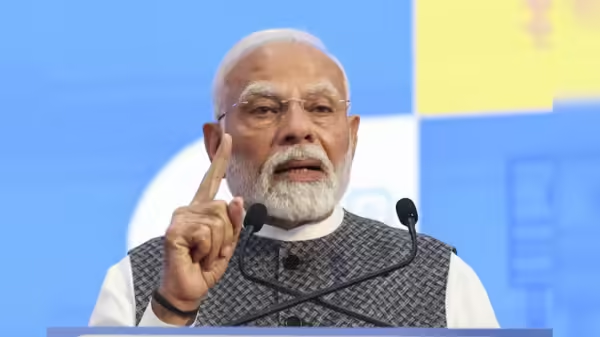The Ministry of Home Affairs (MHA) has instructed several states to conduct mock drills on May 7th as part of a broader effort to enhance civil defence measures, in light of growing security concerns. The drills aim to test the nation’s preparedness in the event of a hostile attack and include a series of measures to be implemented by state governments.
The drills come nearly two weeks after a deadly attack in Pahalgam, Kashmir, where 26 civilians were killed. The timing of these exercises underscores the heightened security atmosphere in the country, especially given the ongoing cross-border tensions with Pakistan. For over 11 consecutive nights, Pakistan has engaged in cross-border firing along the Line of Control (LoC), prompting India to respond with strong countermeasures.
Key Measures for the Civil Defence Drills:
- Operationalization of Air Raid Warning Sirens: Testing and activating systems to alert civilians in case of air raids or other aerial threats.
- Training of Civilians and Students: Educating civilians, students, and communities on civil defence strategies to protect themselves during hostile situations.
- Crash Blackout Measures: Implementing provisions for blackouts to obscure vital installations in the event of airstrikes or attacks.
- Early Camouflaging of Vital Installations: Preparing to conceal critical infrastructure, such as power plants, airports, and military posts, to prevent damage in the event of an attack.
- Updation of Evacuation Plans: Reviewing and rehearsing evacuation plans for affected areas, ensuring communities can quickly and safely leave if needed.
This marks the first such drill since 1971, when India and Pakistan were engaged in a war on multiple fronts. The exercise, therefore, holds historical weight, as India remains on high alert following the April 22 attack, one of the deadliest assaults in recent history.








